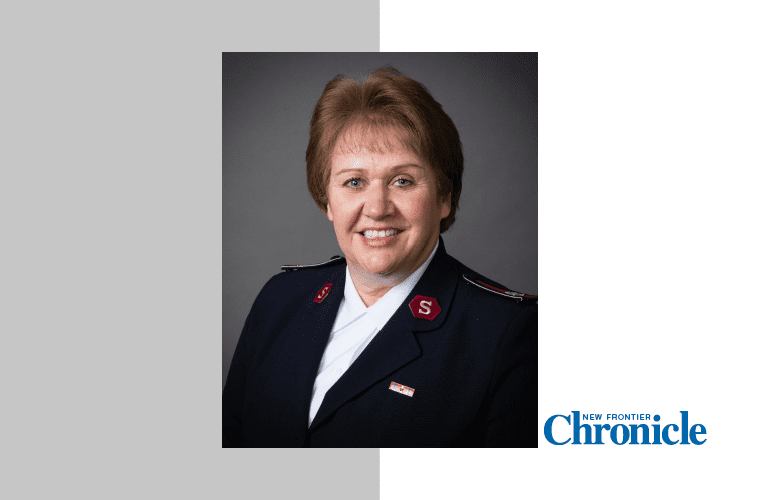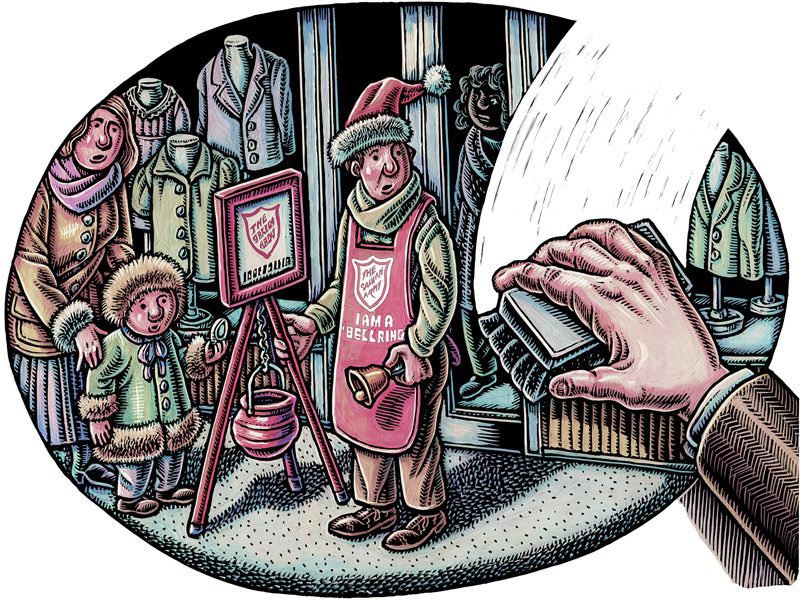By Dick Hagerty, Advisory board member
Productive advisory board meetings are essential in successful interaction between officers and board members, yet many meetings are disorganized, unfocused and generally unhelpful in achieving a smooth and efficient local program.
Good meetings begin with pre-planning and have a tight and meaningfully written agenda. The officer and the board chairperson should consult a few days prior to the meeting on the topics to be covered and reports to be delivered, and work to achieve participation by everyone who attends.
Too often the officer and the chairman dominate the meeting. When I mentor local boards, I tell the officer and chairman: “This is not your meeting! This meeting belongs to the entire board, and you cannot and must not do all the talking.”
Taking this one step further, board members get discouraged when they are invited to come, sit, eat, listen, leave a check and go home. The involved member is the fruitful member!
A critical element of the successful meeting is to start on time and end on time. We have an ironclad rule: Get the meeting started promptly! If there is a meal involved, then you may need to start discussions while some are still eating if you hope to get the entire agenda accomplished on time. Noon meetings should shoot for a 1 p.m. ending, and in no event go past 1:30 p.m. You are asking busy people to take time out of a busy schedule and you must honor the commitment to have a timely adjournment. This can be critical when you have a full agenda, because it is hardly fruitful to call a meeting and then not get the work done. Running over will cause people to leave while the meeting continues on, and having a reduced attendance is just as bad as not getting the work done.
A typical written agenda might include:
- Opening prayer (perhaps rotated officers and board members)
- Approve minutes of previous meeting
- Officer’s report on local program
- Chairman’s report
- Finance report
- Committee reports (action items are generated by committee recommendation)
- Reports from other local Army leaders (ARC, Red Shield, Silvercrest, and so on)
- Adjourn with closing prayer
- Dates of future meetings and events
All reports should be as brief as possible. Rarely would any report or committee item be longer than five minutes, and in many cases the committee chair will simply pass if there is nothing to report.
An effective chairperson must be adept at involving as many members as possible, while limiting the length of input by the various members. Every board seems to have at least one “Chatty Cathy” who cannot resist speaking on all subjects, and generally using many words when a few would be effective. The chair must graciously, but firmly, limit such input and comment.
The chair must also be attentive to keeping on task, on time and to call for proper action on all items that require approval. The minutes must reflect the adoption (or rejection) of any and all motions and action items.
Remember that no meeting is effective if attendance is low. The corps staff needs to send out email reminders for board, council and committee meetings several days in advance. One method to encourage attendance is to list “excused absences” in the minutes, for those who have called in with a good reason for not attending. Annual attendance records should be kept, and will prove invaluable when the nominating committee meets to consider re-electing members with expiring terms.
The real bottom line is this: Keep the meeting interesting, informative, punctual and involved, and members will not want to miss an advisory meeting.










